The debate on decommissioning the Glen Canyon Dam at the Colorado River
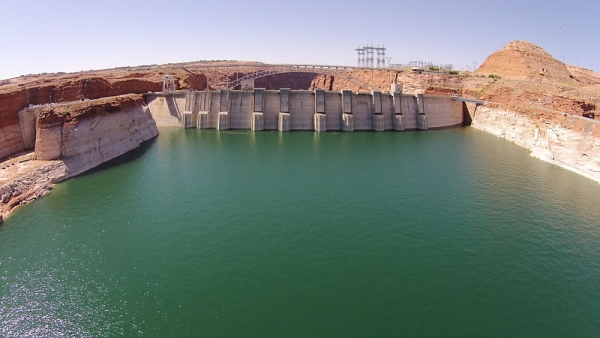
There are signs that this great dam has proved less efficient than originally planned
There are signs that this great dam has proved less efficient than originally planned
Glen Canyon Dam was built in the mid-50’s in order to provide hydroelectricity and regulate the flow from the upper Colorado River Basin to the lower. Its reservoir, Lake Powell, is the second-largest artificial lake in the United States, with a full storage capacity of some 26,214,900 acre feet (32.3356 km3). The active capacity of the lake is 20,876,000 acre feet (25.750 km3), whereas the inactive capacity is 4,000,000 acre feet (4.9 km3) (the lowest point where electricity can still be generated). This reservoir delivers water to the Lower Basin states of Arizona, California and New Mexico.
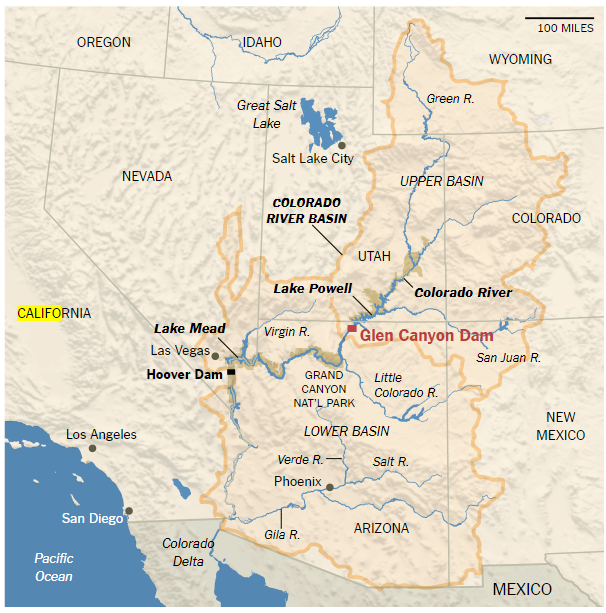
Image Courtesy: The New York Times
It took 17 years for the reservoir to fill. However, due to climate change and the steady overuse of the Colorado River system (it currently provides water to one in eight Americans and supports 1/7 of the nation’s crops), Lake Powell has been drained to less than half of its capacity as less water flows into it than is taken out. Evaporation also contributes to the problem, as in the water year 2015, evaporation losses reached 368,000 acre feet (0.454 km3), enough to lower the reservoir by 4 inches each month. Another 120 billion gallons are believed to leak out of the bottom of the canyon each year into fissures in the earth.
Given the shortages on the river, and the belief that climate change will make them even worse, some people argue that it is time to decommission the dam. The idea is to combine the reservoirs of Lake Mead and Lake Powell (which are just 300 miles apart) into one, as they both depend on the same dwindling water source but are each less than half full. The gates of Glen Canyon Dam would be opened and the water would simply flow down through the Grand Canyon and be recaptured behind the Hoover Dam in Lake Mead. In that way, the surface area of Lake Powell would be substantially reduced, and the evaporating water from there would be saved. Also important is the fact that the ground in Lake Mead is watertight, unlike that of Lake Powell. According to Tom Myers, a hydrologist who studied this proposal, about 179 billion gallons of water would be saved each year — more than enough to supply the population of the city of Los Angeles.
Not everyone is in agreement, however. Combining the reservoirs would save negligible amounts of water according to the Bureau of Reclamation, which does not adopt Mr. Myer’s findings, saying that water that seeps into the ground eventually returns to the river.
Michael Connor, the deputy Interior secretary and a former commissioner of reclamation, although admitting that the amount of water lost to evaporation and leakage is “incredibly significant”, focuses on the recent drought: “Look at the last 15 years. It’s the lowest inflow in history and there’s been no shortages on the Colorado River, and that’s because of Glen Canyon Dam and Lake Powell and Hoover Dam and Lake Mead.”
Jim Lochhead, chief executive of Denver’s water utility, said decommissioning the dam and combining the two reservoirs would probably require an act of Congress, a new agreement among seven state legislatures, a revised treaty with Mexico, and a lengthy federal environmental impact analysis. “A half a million acre feet sounds like a lot of water, but I don’t think it’s significant enough, frankly, to justify going through all of that”, he said.
Source: The New York Times
Source: The New York Times
Want to read more like this story?
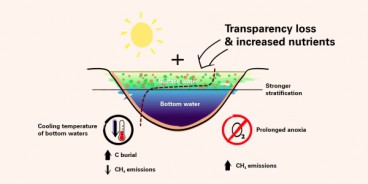
The surprising effect of greenhouse gas in lakes
Sep, 16, 2019 | NewsAccording to a new study, the effects of greenhouse gases are different than anticipated in lakes....
Hoover Dam transformer explosion: no fatality was reported
Jul, 21, 2022 | NewsA transformer exploded on Tuesday at Hoover Dam, one of the nation's largest hydroelectric faciliti...
4 lakes in mid-Michigan, disappeared after dam failure, are being restored
Oct, 25, 2022 | NewsFour dams are being restored after catastrophic failures led to four man-made lakes disappearing in...
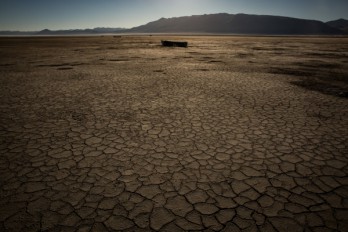
Bolivia’s second-largest lake dries up due to climate change
Jul, 14, 2016 | NewsPeople that have been living off its waters for generations, now become refugees People that have...

March 22nd is World Water Day!
Mar, 22, 2015 | NewsSince 1993, the United Nations has designated March 22nd of each year as World Water Day, a day dedi...

From Aging Infrastructure to Extreme Rainfall: The Growing Importance of Dam Structural Engineering
Oct, 07, 2024 | NewsDams have been integral to human civilization for centuries, playing critical roles in water storag...
Lake Williams dam construction is expected to start on April
Mar, 28, 2022 | NewsYork Water Co.'s Lake Williams Dam is set to be renovated throughout the end of this year and throu...

60-foot crack appears on rural Utah Panguitch Lake Dam
Apr, 08, 2024 | NewsA 60-foot-wide and 2 to 5-foot-tall crack was identified at rural Utah’s Panguitch Lake Dam, on the...
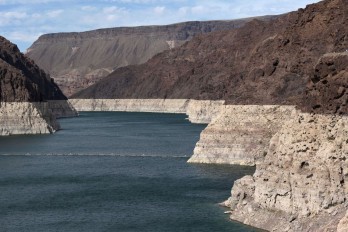
The Hoover dam reaches all-time low water level
Jun, 22, 2021 | NewsHoover Dam, one of the most iconic dams ever constructed, has reached its lowest water level in his...
Trending

Vertical gardens in Mexico City to combat pollution

Saudi Park Closed After 360 Big Pendulum Ride Crashes to Ground, 23 injured

Characteristics of Load Bearing Masonry Construction

Taipei 101’s impressive tuned mass damper

Dutch greenhouses have revolutionized modern farming

Federal court rules Biden’s offshore drilling ban unlawful


